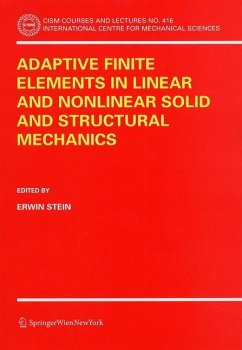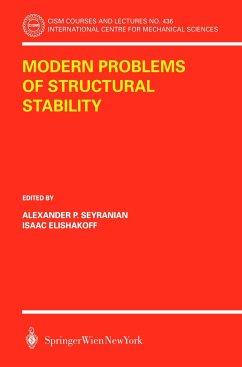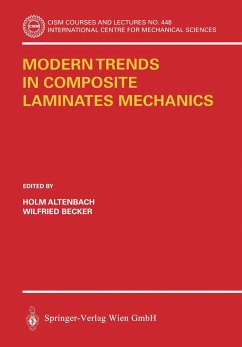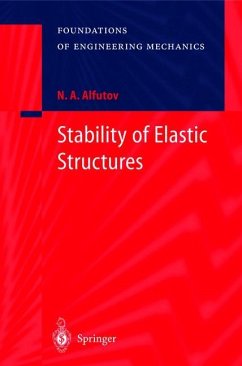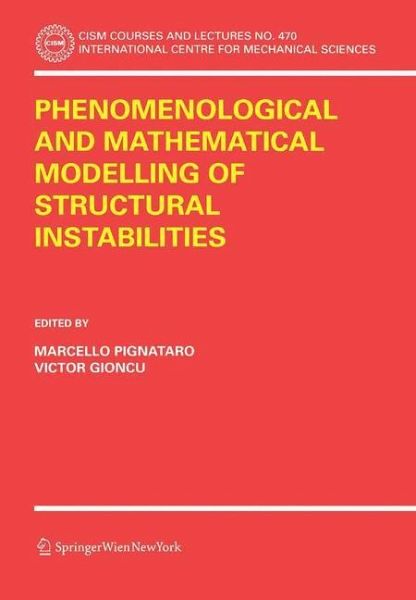
Phenomenological and Mathematical Modelling of Structural Instabilities

PAYBACK Punkte
38 °P sammeln!
The book deals with the buckling and post-buckling analysis of slender structures. This topic plays a role of primary importance in the field of applied mechanics due to the increasing use of light-weight structures in civil, industrial and aerospace engineering. The purpose of this work is to present some recent progress in the field of structural instability with regard to both the practical applications and to the transfer of theoretical results to practice. This new approach is expected to be useful both to practical designers and to theoreticians who may come in the future to a more fruitful cooperation. Practical designers are incapable of watching beyond the buckling load of a structure to assess adequate information on its safety. On the other hand, researchers become sometimes infatuated with mathematical modelling and pay scarce attention to the technical problems posed by the industry to the engineer. The purpose of this book is to fill the gap existing between designers and theoreticians.
The study of structural instability plays a role of primary importance in the field of applied mechanics. Despite the remarkable progresses made in the recent past years, the structural instability remains one of the most challenging topics in applied - chanics. Many problems have bee:: solved in the last decades but still many others remain to be solved satisfactorily. The increasing number of papers published in jo- nals and conferences organized by ECCS, SSRC, IUTAM, and EUROMECH strongly indicates the interest of scientists and engineers in the subject. A careful examination of these publications shows that they tend to fall into one of the two categories. The first is that of practical design direction in which methods for analyzing specific stability problems related to some specific structural typologies are developed. The research works are restricted to determining the critical load, considering that it is sufficient to know the limits of stability range. These studies are invaluable since their aim is to provide solutions to practical problems, to supply the designer with data useful for design and prepare norms, specifications and codes. The second direction is that of theoretical studies, aiming at a mathematical modeling of the instability problems, for a better understanding of the phenomena. In these studies, special emphasis is placed on the behavior of structures after the loss of stability in the post-critical range. This approach is less familiar to designers as its results have not yet become part of current structural design practice.





